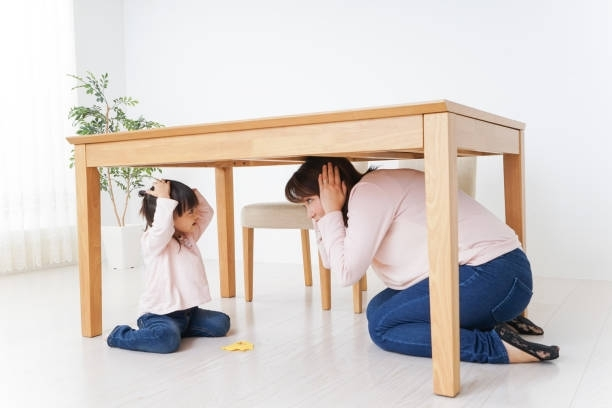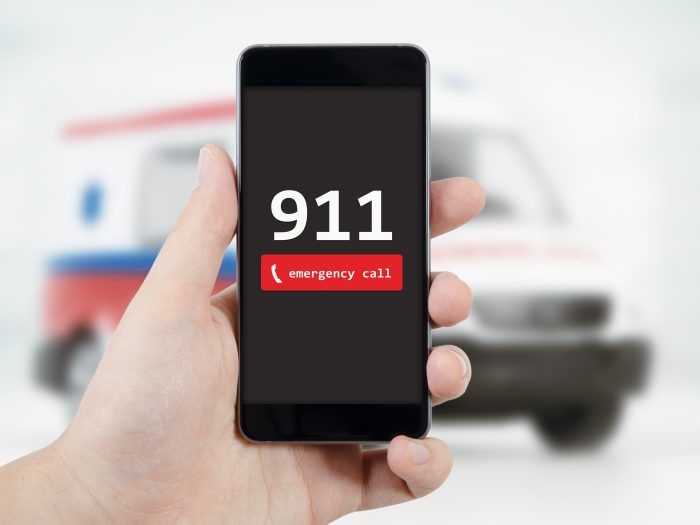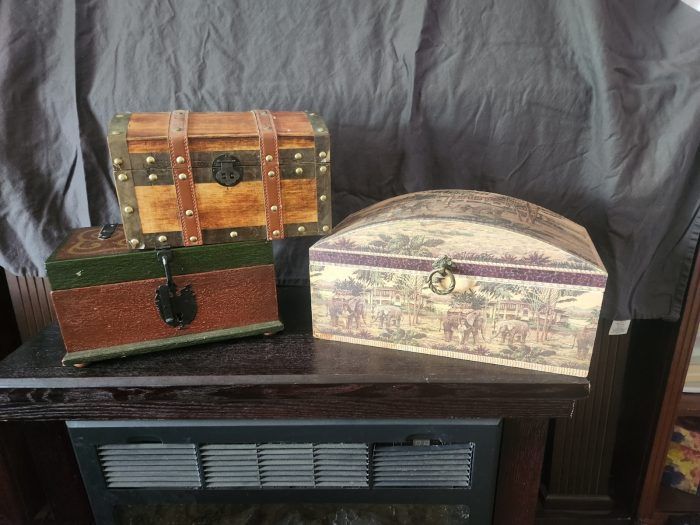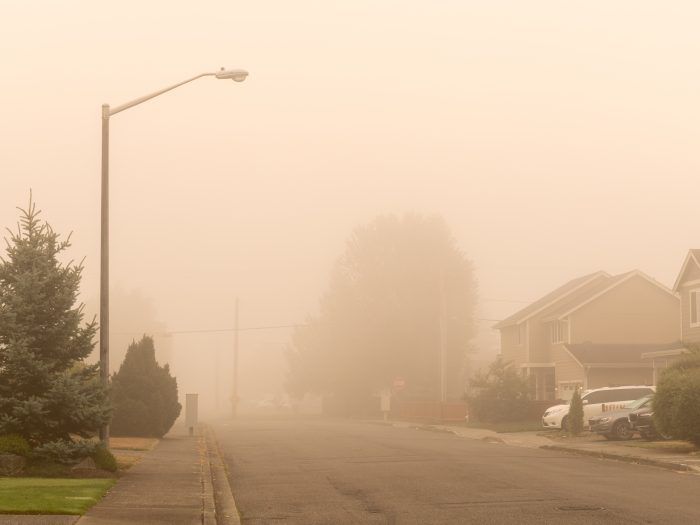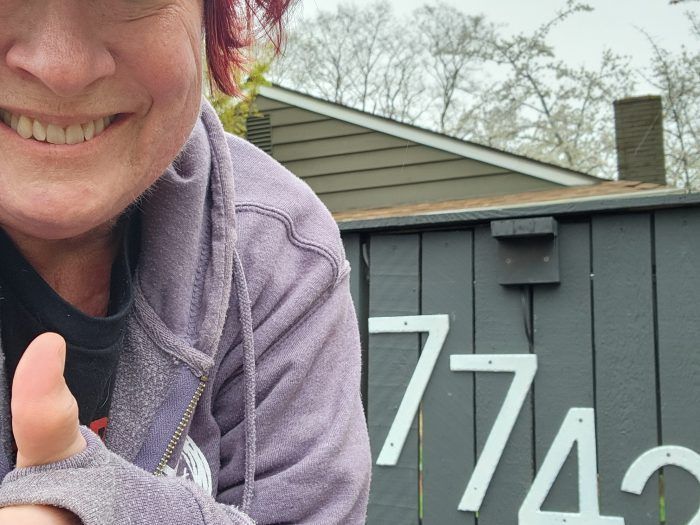What is a Communication Hub?
What is — and isn’t — a communication hub?
In the aftermath of a major disaster, accurate, up-to-date information will become an invaluable commodity.
Phone lines will likely be down, making communication with friends and family difficult. Texting is likely to be your best bet, but it may be delayed as well.
Whether radio and television stations can broadcast after a major earthquake will depend on various factors such as the extent of damage to infrastructure, the availability of backup power sources, and the resilience of the broadcasting equipment.
In many cases, radio stations have backup power generators or alternative power sources to ensure that they can continue broadcasting even if the main power supply is disrupted. However, if the earthquake causes significant damage to transmission towers, antennas, or studio facilities, it may affect the ability of radio stations to broadcast.
Additionally, earthquakes can disrupt telecommunications networks, making it difficult for radio stations to transmit signals to their intended audience. However, emergency communication protocols are often in place to prioritize essential communications during disasters, which may enable radio stations to continue broadcasting critical information to the public.
And then, there is the human factor. Will there be personnel, both in front of and behind the camera, to report the news? Surely, television and radio personalities will want to be with their loved ones, as much as we will. Can we really expect them to report to work soon after a catastrophe if they weren’t at the station when it happened?
If crews are available, the ability of radio and television stations to broadcast after a major earthquake depends on preparedness measures, the severity of the earthquake , and the effectiveness of response and recovery efforts.
Ultimately, we will need to rely on our neighbors for eyewitness accounts of what is happening around us. Fortunately, Seattle has a network off communication hubs run by well-trained volunteers to facilitate the process.
Much of the general public is unaware of this system, but they will likely benefit from it anyway. If this is the first you have heard about it, now is the time to spread the word.
What is a communication hub?
It’s important to know what a communication hub is, and how it differs from an evacuation center.
Simply put, community emergency hubs are places where people gather after a disaster to help each other.
More precisely, a communication hub is a location that serves as a central point for coordinating communication and disseminating information. Following a disaster, volunteers get to work setting up pre-determined physical locations stocked with equipment such as ham radios, satellite phones , or computers connected to the internet. These hubs facilitate communication between emergency responders, authorities, and individuals — you and your neighbors — in the community. They are also your best source of current, reliable information about how your neighborhood, in particular, has been affected by the current adversity.
What is an evacuation center?
Evacuation centers (aka, emergency shelters) are available for people who have been evacuated and are unable to reach their homes, or whose homes are unlivable.
The American Red Cross is a major provider of emergency shelters and strives to open them within 72 hours after a natural disaster. The intent is for a shelter to provide sleeping support items such as cots, blankets and pillows, meals, shower facilities, medical services and other support services.
If your home is left uninhabitable by a storm and you need to go to an emergency shelter or evacuation center, the American Red Cross advises you to bring the following supplies with you.
WHAT TO BRING:
- Water: one gallon per person, per day (3-day supply for evacuation)
- Food: non-perishable, 3-day supply for evacuation and other special food items
- Bedding/sleeping items
- Prescription and emergency medications for all family members
- Medical supplies (hearing aids with extra batteries, glasses, contact lenses, syringes, cane)
- Copies of personal documents (medication list and pertinent medical information, proof of address, deed/lease to home, passports, birth certificates, insurance policies)
- Sanitation and personal hygiene products
- Personal care and other comfort items
- Photo ID, cash
- Extra clothing
- Special items for infants, like diapers, baby food, medication
- Family pets: kennel, food and special medication*
- Power cords for portable electronics
Notice that these are the same items I recommend that you have in your personal Flee Bag™. This is no coincidence!
If you want help and/or advice about assembling a Flee Bag , sign up for one of my free Ready Freddy Prep Parties , which I offer approximately every two weeks at various West Seattle locations. Dates and times are listed on the link above.
Be aware that many evacuation centers will not allow you to bring your pets. If you find yourself in this situation, one suggested solution is to contain your pet(s) in your car, if you have one.
Below is a map of the Communication Hubs in West Seattle, provided by WestSeattleBePrepared.org. Take a minute now to identify the ones nearest your home.
The post What is a Communication Hub? appeared first on Just In Case.

